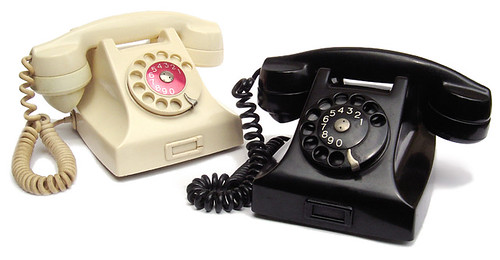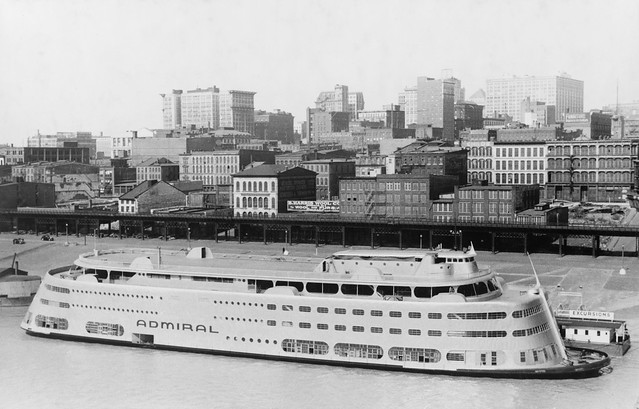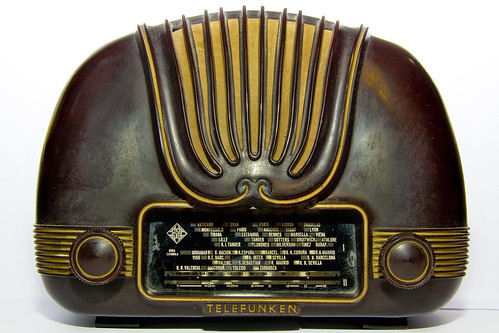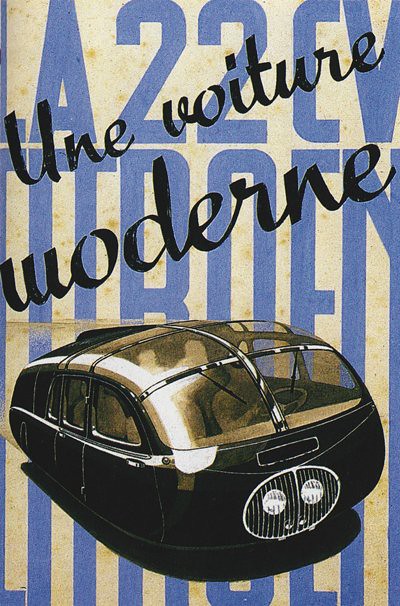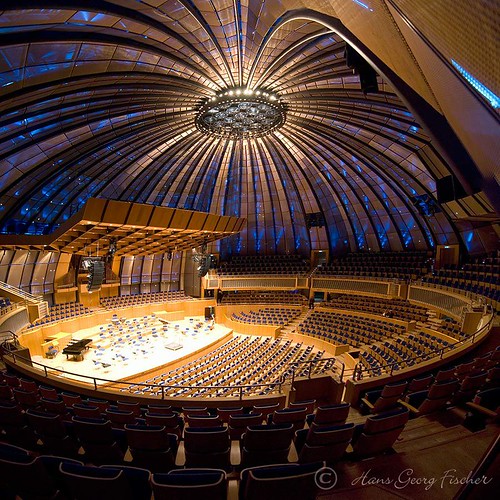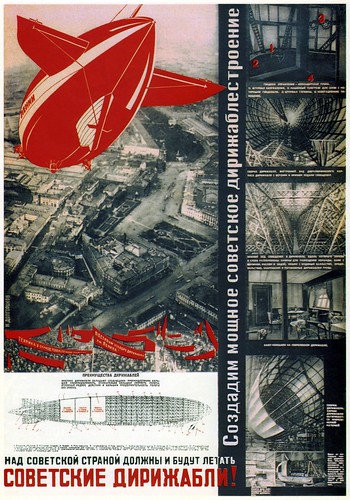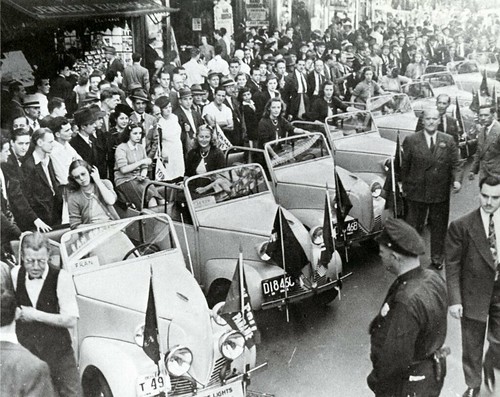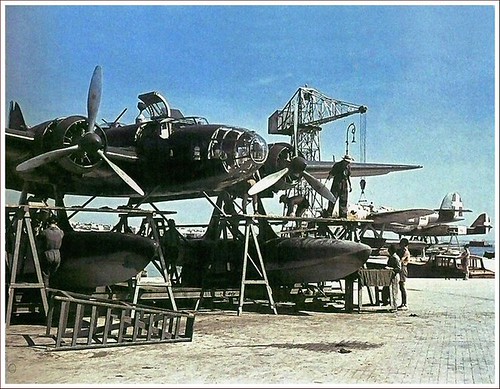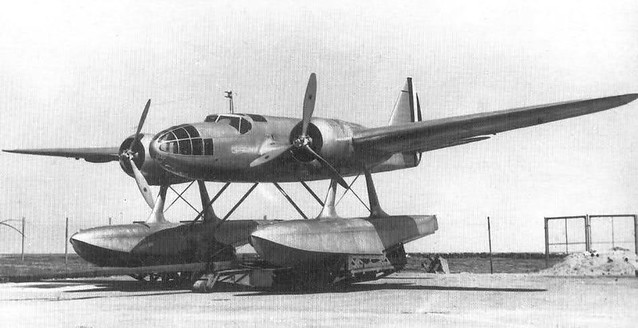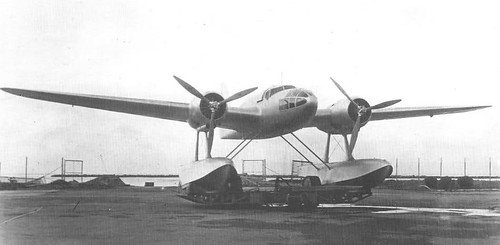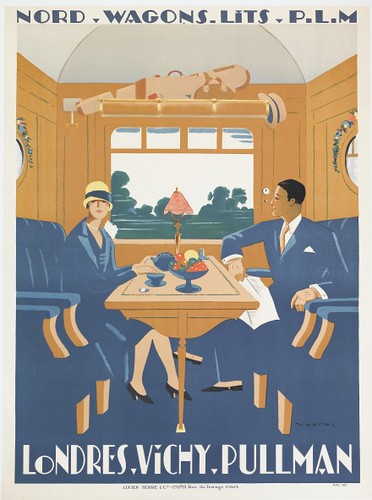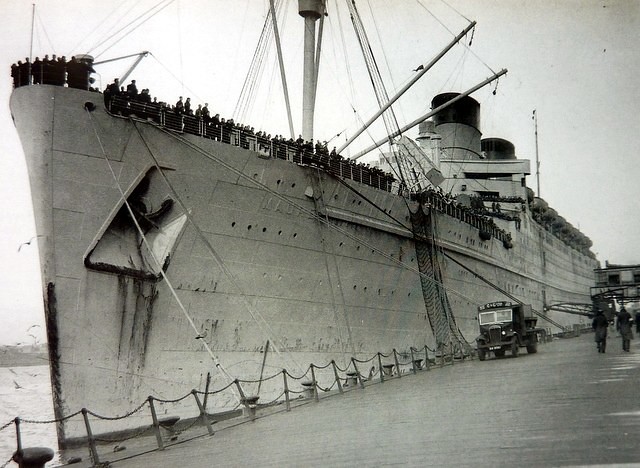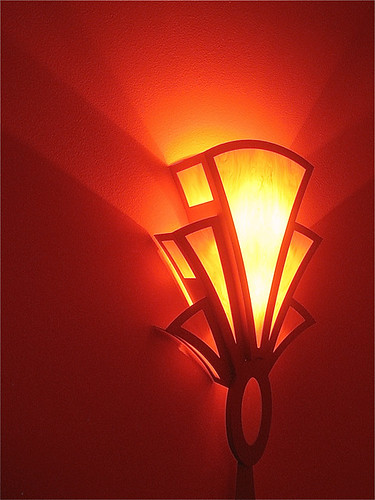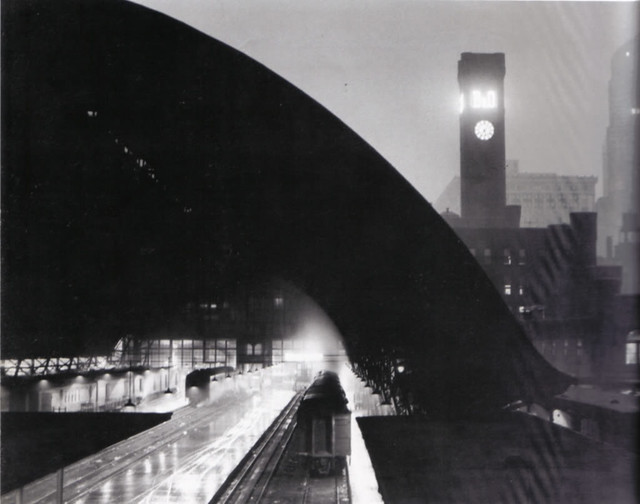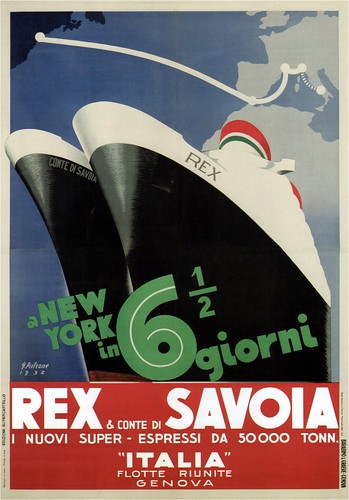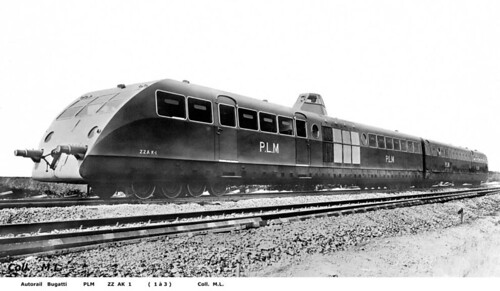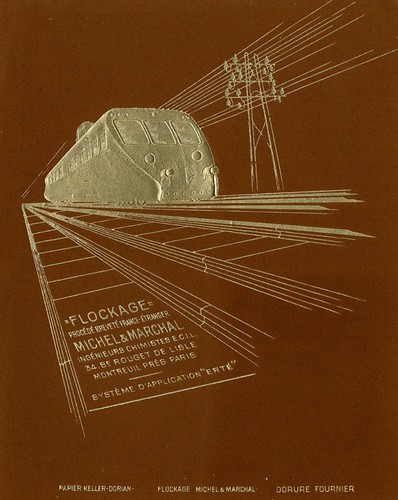The
Daily Express Building was designed by Sir Owen Williams and was completed in
1932, it's grade II* listed.The foyer was designed by
Robert Atkinson who took his inspiration from art deco American cinemas and New York skyscraper lobbies.

Atkinson provided the Express with a Hollywood-style reception space complete with
a starburst ceiling in gold and silver, travertine walls, rosewood dado, deep black marble plinth, bright metal fittings and a wave pattern floor of blue and black rubber outlined by narrow green strips. After years of neglect and loss, Plowden Smith, the specialist restorers, have recreated this dazzling interior to superb effect. The ceiling is newly covered in silver leaf, while the silver serpent handrails complete with darting cobra tongues, stolen 10 years ago, have been lovingly recast using old photographs. In the same way, the wave effect floor has been recreated in large tiles each almost a yard long, and everywhere hidden uplighting once again bathes the ceiling in a soft glow, picking out the silver and gilt relief panels to either side with their suitably jingoistic Beaverbrook messages.

